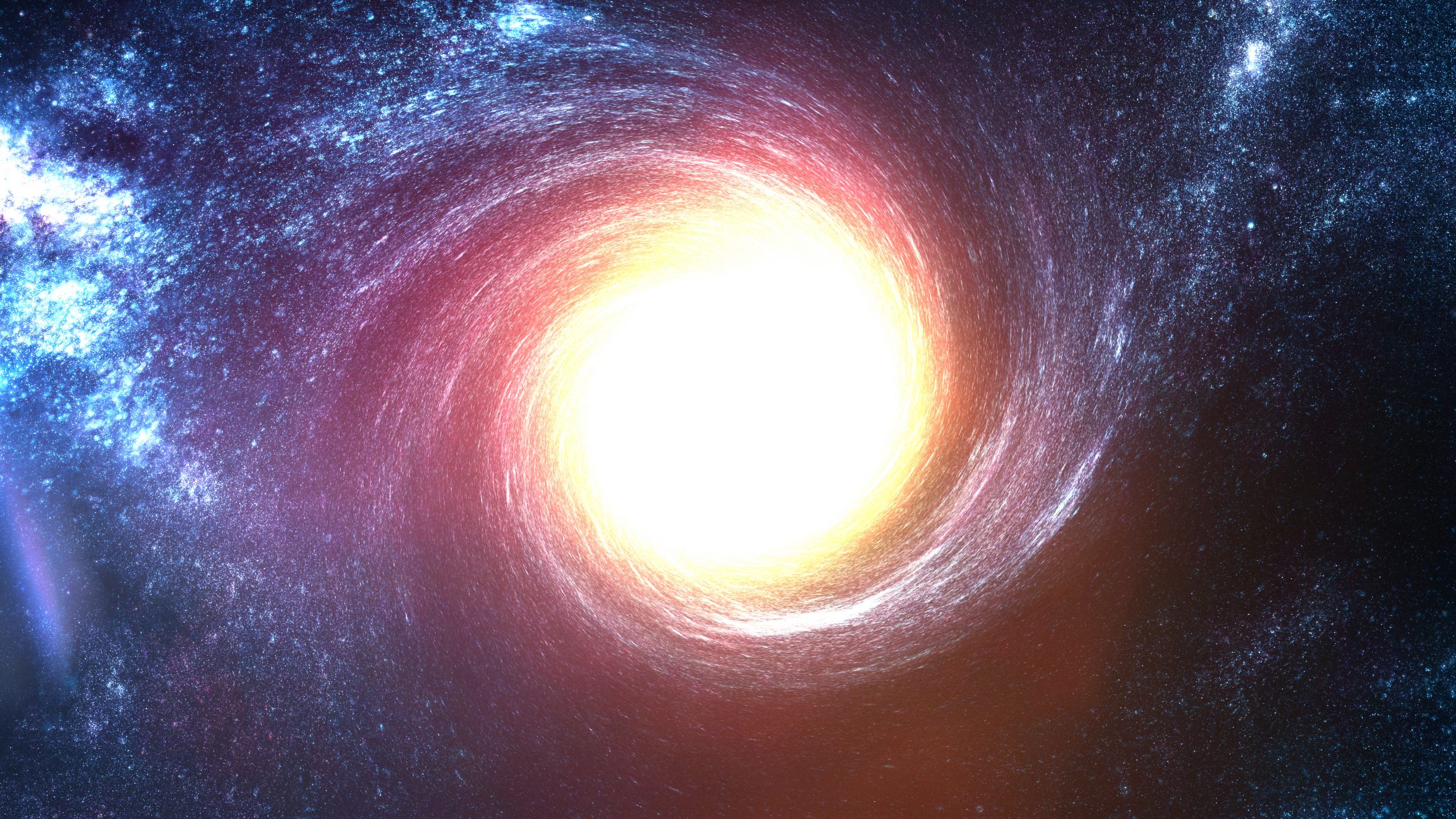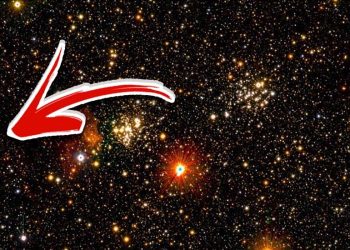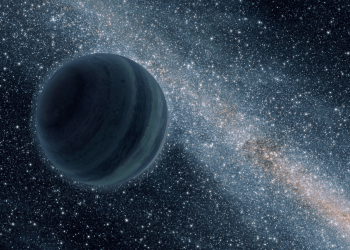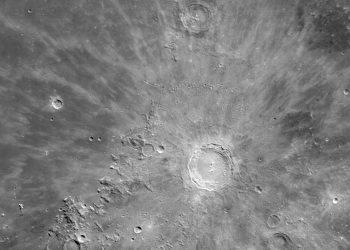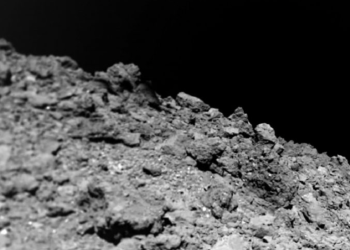For years, scientists have believed that supermassive black holes—the colossal gravitational monsters anchoring galaxies—grew mainly through violent mergers, slowly accumulating mass over time. But a groundbreaking study has just revealed something unexpected: black holes are spinning much faster than we ever thought possible, and it’s rewriting what we know about the universe.
This discovery, made using data from the Sloan Digital Sky Survey (SDSS), suggests that black holes aren’t just growing through mergers; instead, they’re rapidly devouring surrounding gas and dust, causing them to spin at extreme speeds. And the farther back in cosmic history we look, the faster these black holes appear to be rotating.
Why Is This Such a Big Deal?
Black hole spin isn’t just an interesting number—it tells the story of how these cosmic giants formed.
- Mergers vs. Accretion: If black holes were mostly growing through galaxy collisions, their spin rates should be much slower and more random due to the chaotic nature of these crashes. But the new data suggests something else is at play: a steady feeding frenzy of gas and dust.
- The Early Universe May Have Been More Organized: If black holes have been spinning at extreme speeds for billions of years, it suggests that the early universe wasn’t as chaotic as scientists once thought. Instead of violent, unpredictable mergers dominating black hole growth, a more stable and structured accretion process may have played a bigger role.
- It Could Change the Way We Understand Galaxy Evolution: Since supermassive black holes influence the formation and structure of their host galaxies, this discovery means entire models of galactic evolution might need to be reworked.
How Did Scientists Measure Black Hole Spin?
Measuring a black hole’s spin is no small feat. Unlike mass, which can be estimated based on how much light the black hole’s surrounding disk emits, spin is incredibly difficult to determine.
Using SDSS’s Reverberation Mapping project, researchers analyzed how gas behaves as it falls toward a black hole’s event horizon—the point of no return. By studying the subtle shifts in light wavelengths, they could determine how fast these monsters are spinning.
And the results were kind of shocking. The data showed that many black holes are spinning near their maximum possible speed—far beyond what the standard galaxy merger model predicts.
What’s Next? The James Webb Space Telescope Might Have the Answer
To confirm this finding, astronomers are turning to NASA’s James Webb Space Telescope (JWST), which is capable of looking even further into the past.
If Webb finds even more high-speed black holes in the early universe, it could cement this new theory—that black holes grow primarily by pulling in surrounding material rather than through catastrophic galaxy collisions.
This would mark a major shift in our understanding of how these cosmic monsters evolve, potentially unlocking new insights into dark matter, cosmic expansion, and the formation of the first galaxies.
Black holes are among the most mysterious objects in the universe, and this latest discovery only deepens the mystery.
If black holes in the early universe were already spinning this fast, what does that mean for the fundamental forces shaping the cosmos? Could there be unknown mechanisms influencing their rotation?
One thing is certain: this is just the beginning. As more data comes in, we may be on the verge of an entirely new understanding of black holes—and the forces that govern the universe itself.



